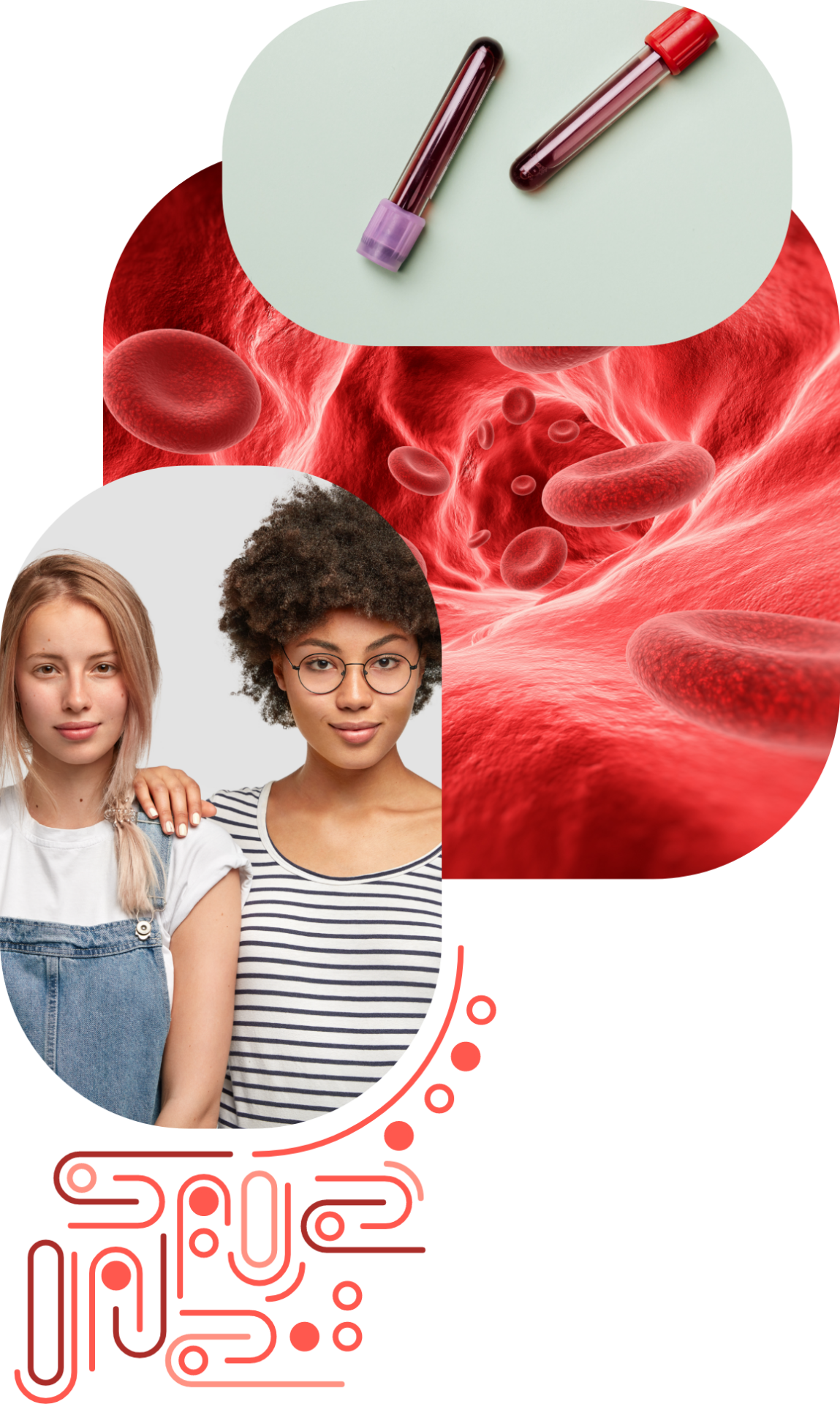
ABOUT THE DISEASE
TRAIT OR DISEASE
Since sickle cell disease is genetic and therefore hereditary, it will have been passed on by a combination of the genes of the father and mother.
Normal individuals, without genetic alteration, are born with type AA hemoglobin. Some individuals, however, who have the genetic defect, have type AS hemoglobin. These people are classified as Sickle Cell Trait.
In this situation, we do not have a sick individual, only a disease gene carrier. There will be no clinical signs or symptoms related to it. The result of the blood count will be normal, without anemia.
Some will complain of sporadically experiencing mild body aches, which can occur during long air travel, from deoxygenation.
It is important to report that when a Trait individual joins a normal individual, that couple has only a 25% chance, in each pregnancy, of producing a TRACE (AS type) and NEVER sick (SS) child.
For an individual to be born with the disease, both parents must be carriers of the trait. In the union between two people who have the sickle cell trait, there is a 25% chance, in each pregnancy, of having a sick child.








